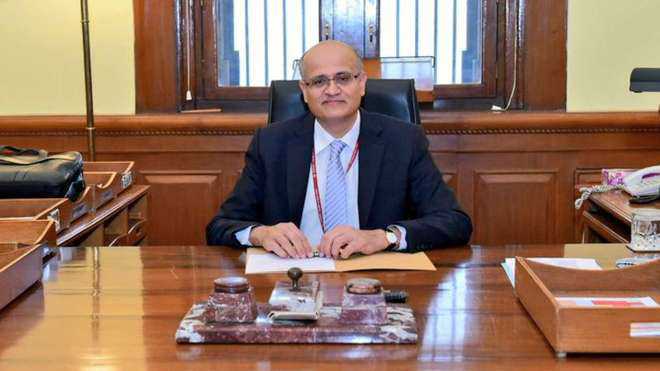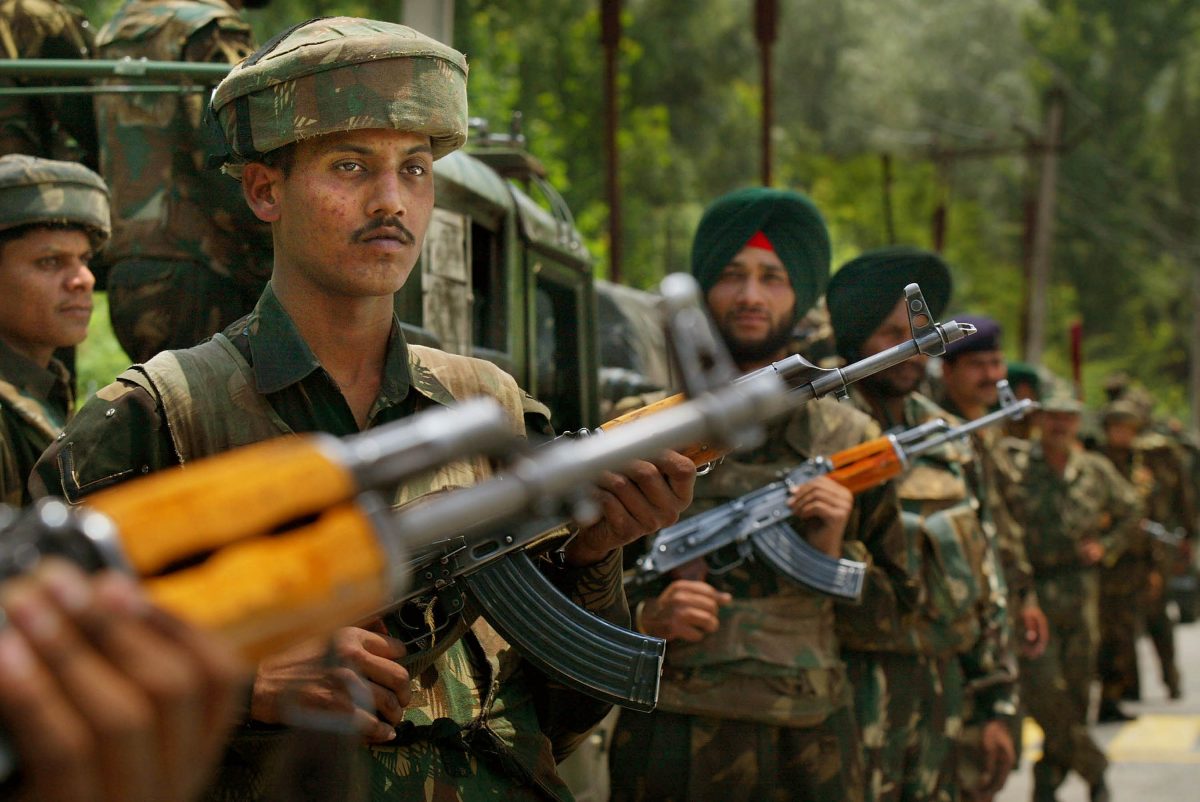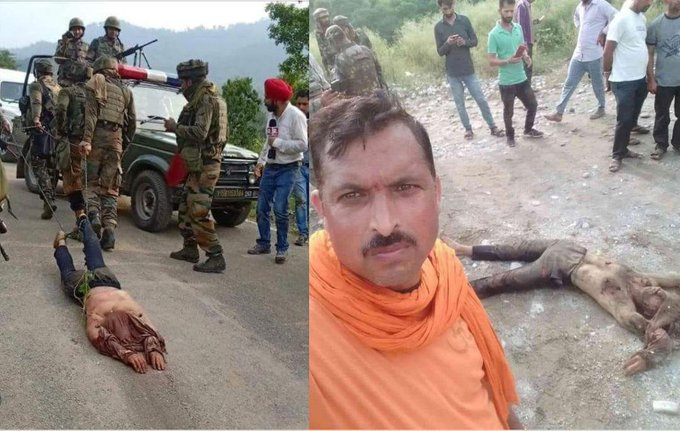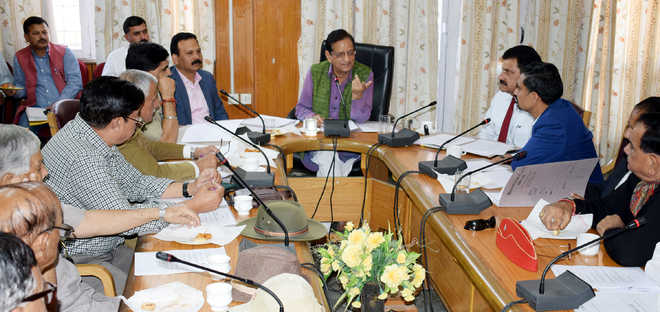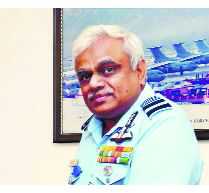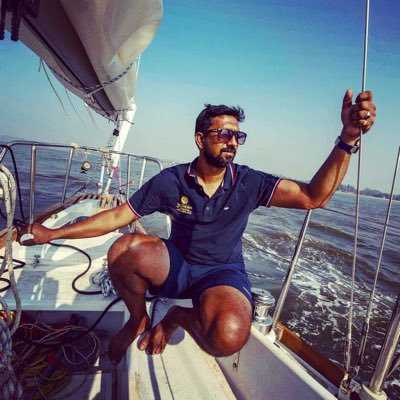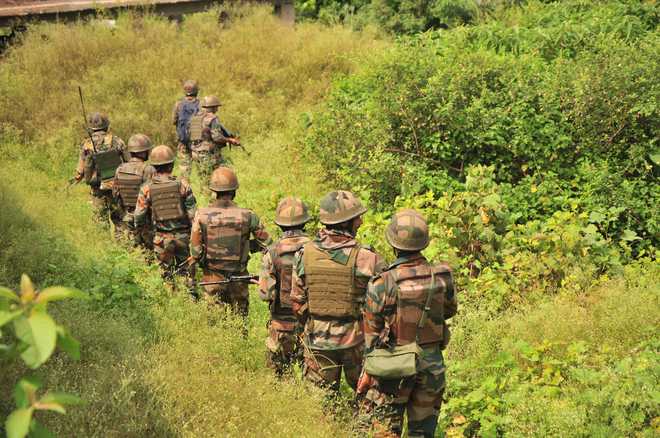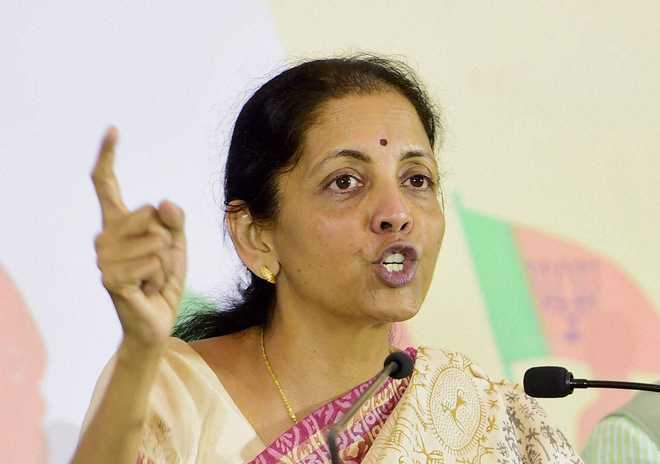The second sign of sovereign intransigence and policy-perpetuity were in the usual handling of the India-Pakistan relationship.
Back in 2013, Imran Khan had successfully posited his conceptual “Naya Pakistan” in public imagination by way of a theatrical six-point pledge that sought to usher in an era of “change”. The fundamental changes sought in the Pakistani governance veered around the principles of probity, inclusivity and rapprochement. His six specific pledges included: “I will always speak the truth to the people of Pakistan” and “We will stand together with every Pakistani in or outside Pakistan”. While Mr Khan’s personal popularity and appeal did connect and elevated his fledgling Tehreek-e-Insaf to be the second biggest political party by way of popular votes — 16.92 per cent, Mr Khan had to wait for another five years before finally dethroning PML(N) in 2018 to shape his promise of “Naya Pakistan”. With the adequacy of winning legislatures in the National Assembly and with the most crucial backing of the Pakistani “establishment” (read, military) in tow — the situational circumstances were perfectly aligned to change the natural Pakistani instincts and essential narrative, once and for all.
Unfortunately, the proposed “change” was premised on embryonic falsehood as Mr Khan had liberally given tickets to last-minute party-hoppers from the PPP and PML(N) (termed “electables”), who personified the dynastic, vile and the notoriety of feudal-hinterlands. Twenty-three of these 46 “electables” won the day for Mr Khan and added more than four million of the total nine million additional votes (vis-à-vis 2013 national elections) garnered by the Tehreek-e-Insaf in 2018. This genealogical compromise of principles militated against the promised-purity of “Naya Pakistan” as it perpetuated the curse of biradari politics (communal-societal-sectarian grouping), clearly signifying the importance of “electables” over “deliver-ables”!
Early signs of Mr Khan’s political “reverse-swings” were questioned by his co-agitator in the landmark “Azadi March” of 2014, cleric Tahir-ul Qadri whose lament: “If electables were necessary then why 200 million population was humiliated. Why were the protests held and commotion caused” went unheeded in the convenient cover of political expediency and electoral necessity.
Mr Khan’s victory speech before his formal appointment as the Prime Minister was loaded with gratuitous homilies, religious invocations and some populist grandstanding like “embarrassed to live in PM house”, “two steps for every one step by India” and the rote reiterations on Kashmir, Afghanistan and correction of the “one way” relationship with the US! However, soon the penny of natural instincts dropped with the congratulatory phone call by US secretary of state Mike Pompeo to Mr Khan. Though a perfunctory call, it unequivocally carried the US concerns on “Pakistan taking decisive action against all terrorists operating in Pakistan” which was routinely and cavalierly denied by Islamabad. The Americans with the backdrop of Donald Trump’s opening New Year salvo of Pakistani “lies and deceit” were in no mood to entertain the Pakistani bravado and quietly released the transcript of the said call, thereby embarrassing the Pakistanis at the very outset. Given the fractious US-Pakistan equation and the forthcoming visit of Mr Pompeo to Pakistan, the matter was buried in the know that Pakistan had faltered and lied yet again, and that the instinct of dishonesty still prevailed.
The second sign of sovereign intransigence and policy-perpetuity were in the usual handling of the India-Pakistan relationship. Since his arrival onto the political centrestage, Mr Khan has expectedly played down any civil-military dissonance and had steadfastly maintained a position of perfect unison and understanding between the two institutions. If so, then his ostensibly reconciliatory tone towards India was thrashed rather immediately and publically by Pakistani Army Chief Gen. Qamar Javed Bajwa, who on addressing the 53rd anniversary of the 1965 India-Pakistan war railed: “We will avenge the blood flowing across the border” and robotically alluded to Jammu and Kashmir by provoking, “brothers and sisters in the occupied Jammu and Kashmir who are writing the history of resistance”, all this with Prime Minister Khan in attendance and obvious acquiescence. While a certain muscularity in the phraseology of the Army Chief on their “Defence Day” is normal, however, the threatening-contextualising on Jammu and Kashmir was both avoidable and augury of the continuation of the narrative.
The third blatant retraction from the postured pledges of “inclusivity” and non-discrimination were exposed in the forced resignation of Prof Atif Mian, belonging to the minority sect of the discriminated Ahmediya faith, from the newly-constituted membership of the Economic Advisory Council. The abandonment of meritocracy for the sake of pandering to religious bigotry, intolerance and continuous demonisation was reflective of the governance of yore. The same nation that had disowned its finest like the fellow-Ahmediya, Prof Abdus Salaam (first Pakistani to win a Nobel Prize) by desecrating the epitaph on his tombstone which read “First Muslim to win a Nobel Prize”, had shown that the new Imran Khan government was no different from that of the earlier dispensations. The supposed threat of a public “sit-in” by religious groups and supremacist sects in front of the visiting Saudi minister for information Dr Awwad Bin Saleh Al-Awwad was felt to be grave enough to succumb, surrender and set an early and regressive precedent of the five-year tenure.
For a first-time-at-the-Centre, Tehreek-e-Insaf’s government is saddled with 13 of the 16 elected Cabinet members, who were either part of the earlier Gen. Musharraf or PPP regimes. It will take Mr Khan more than the personal renunciation of the privileges or the sudden discovery of “dead capital” worth Rs 300 billion in the form of government land, in order to tide over its crippling socio-economic woes.
Mr Khan’s thunderous statements, grandiloquence and bravado of the quintessential “Opposition leader” was usually a lot more free-flowing, dramatic and quick-fix in nature, as opposed to the onerous task of changing the essential sovereign narrative of probity, inclusivity, austerity and rapprochement towards fructifying “Naya Pakistan”. Almost one month in the saddle have been a clumsy ride of the “sameness” that has been bereft of any brave departure from the past, and importantly the opening mistakes have been done with the full know, acceptance and perpetuation by Mr Khan.






















































